What makes a watch a keeper?
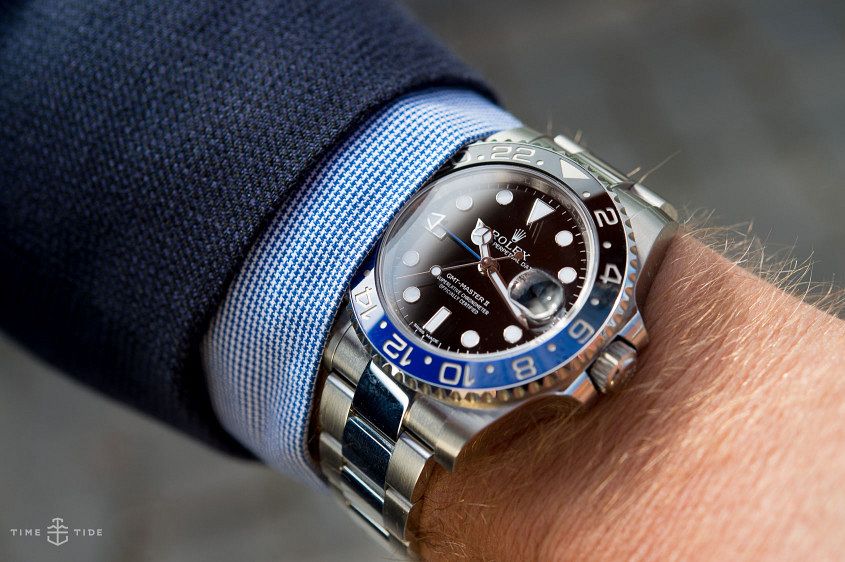 Editor’s note: Flipping is one of the hot-button watch issues of 2019, and TBH we’re a little over it. So here’s the other side of the equation — what makes a watch a keeper? In this story from a few years back we asked our readers what made their watches keepers, and then we chimed in on the personal keepers … Without getting too first-year political science on you – the basis of modern life is disposability. We live in a consumer society. And that’s what we do – we consume. Everything is designed to be discarded and replaced with something newer and more expensive — from our clothes to coffee cups to computers. It’s a vicious cycle that can be hard to escape, but if you’re reading this, chances are you have an appreciation of things built the old-fashioned way. Much of the appeal of fine watches is that they’re machines designed to endure, to serve us faithfully for the course of our lives, and often beyond. Of course, just because something’s designed to be forever doesn’t mean it will be (just look at the divorce rate or the lifespan of a political promise). And so it is with watches.…
Editor’s note: Flipping is one of the hot-button watch issues of 2019, and TBH we’re a little over it. So here’s the other side of the equation — what makes a watch a keeper? In this story from a few years back we asked our readers what made their watches keepers, and then we chimed in on the personal keepers … Without getting too first-year political science on you – the basis of modern life is disposability. We live in a consumer society. And that’s what we do – we consume. Everything is designed to be discarded and replaced with something newer and more expensive — from our clothes to coffee cups to computers. It’s a vicious cycle that can be hard to escape, but if you’re reading this, chances are you have an appreciation of things built the old-fashioned way. Much of the appeal of fine watches is that they’re machines designed to endure, to serve us faithfully for the course of our lives, and often beyond. Of course, just because something’s designed to be forever doesn’t mean it will be (just look at the divorce rate or the lifespan of a political promise). And so it is with watches.…
The post What makes a watch a keeper? appeared first on Time and Tide Watches.
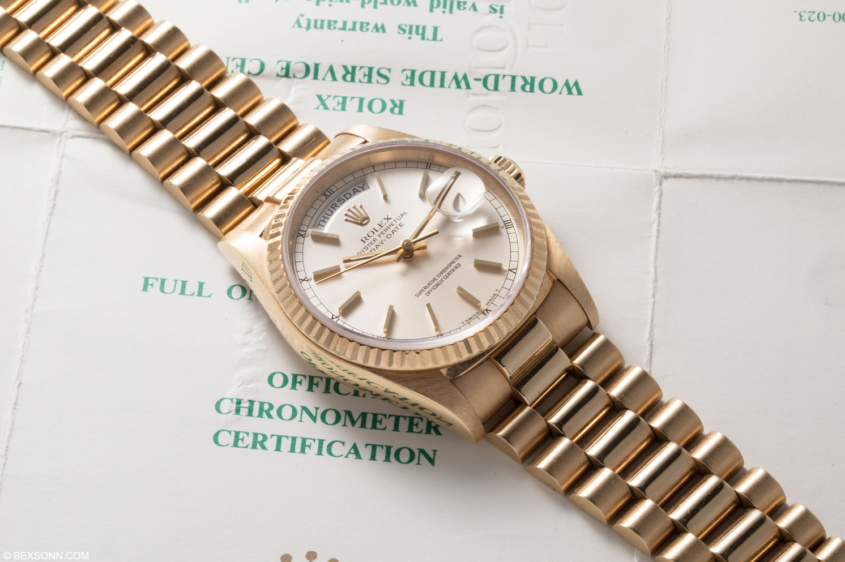 In the past, owning a yellow gold Rolex Day-Date meant something different to what it does now. It was the President’s watch, worn by those who controlled the destinies of millions around the world, making daily decisions that mattered. Now the perception of the Day-Date is influenced by rappers and Instagram hustlers, offering an ostentatious feeling that hints at missing parental attention during formative childhood years. Sean makes a strong argument to change this with his Love Letter to the Rolex Day-Date. While he acknowledges this unfortunate shift in perception through some contemporary wearers, he focuses our attention on the positive ambassadors for the Day-Date, including one of the most suave athletes on the planet, Roger Federer (as well as the broader Federer clan). I couldn’t agree more with Sean, and would also love to see the SoundCloud beat-makers of the world stick to their after-market ice, and leave this symbol of classical control out of their music videos. Sure, some may say that it is over the top and a disgusting act of opulence. Though they have a point and I do agree that it is loud, all I am calling for is some balance in one’s perspective. Why…
In the past, owning a yellow gold Rolex Day-Date meant something different to what it does now. It was the President’s watch, worn by those who controlled the destinies of millions around the world, making daily decisions that mattered. Now the perception of the Day-Date is influenced by rappers and Instagram hustlers, offering an ostentatious feeling that hints at missing parental attention during formative childhood years. Sean makes a strong argument to change this with his Love Letter to the Rolex Day-Date. While he acknowledges this unfortunate shift in perception through some contemporary wearers, he focuses our attention on the positive ambassadors for the Day-Date, including one of the most suave athletes on the planet, Roger Federer (as well as the broader Federer clan). I couldn’t agree more with Sean, and would also love to see the SoundCloud beat-makers of the world stick to their after-market ice, and leave this symbol of classical control out of their music videos. Sure, some may say that it is over the top and a disgusting act of opulence. Though they have a point and I do agree that it is loud, all I am calling for is some balance in one’s perspective. Why…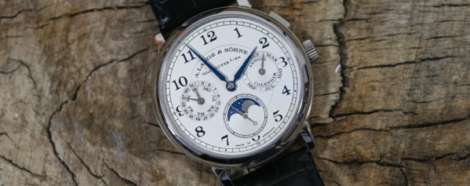

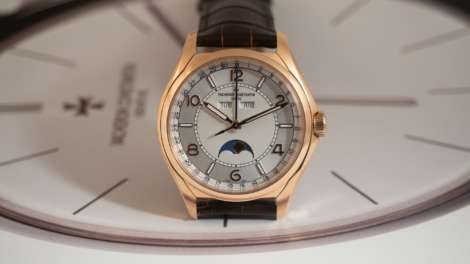

 Chronographs are both one of the most popular complications on a wristwatch, as well as one of the most challenging to produce. That said, you don’t have to take out a bank loan to have a quality chronograph in your watch, so we’ve compiled a list of 10 great chronographs under $10K. BALTIC BICOMPAX 001 SLATE GREY Like many of the watch world’s latest start-ups, French brand Baltic had their break on crowdfunding platform Kickstarter, raising more than €500,000 and offering customers the choice of two vintage-inspired models – a time-only and a dual register chronograph. Inspired by the step-case designs of the 1940s, the BICOMPAX 001 follows the lines and codes of the vintage school of watchmaking. Case size 38mm, Case material Steel, Movement Seagull ST1901, Price €541 LONGINES CONQUEST V.H.P. CHRONOGRAPH Longines’ achievements in quartz date back to 1954, when their first quartz mechanism set a precision record at the Neuchâtel Observatory. The latest evolution of the V.H.P. (Very High Precision) collection combines precision with the Conquest Chronograph’s instantly recognisable sportiness. It is accurate to an extraordinary +/- 5 seconds a year, and equipped with a Gear Position Detection system that resets the hands in the event of…
Chronographs are both one of the most popular complications on a wristwatch, as well as one of the most challenging to produce. That said, you don’t have to take out a bank loan to have a quality chronograph in your watch, so we’ve compiled a list of 10 great chronographs under $10K. BALTIC BICOMPAX 001 SLATE GREY Like many of the watch world’s latest start-ups, French brand Baltic had their break on crowdfunding platform Kickstarter, raising more than €500,000 and offering customers the choice of two vintage-inspired models – a time-only and a dual register chronograph. Inspired by the step-case designs of the 1940s, the BICOMPAX 001 follows the lines and codes of the vintage school of watchmaking. Case size 38mm, Case material Steel, Movement Seagull ST1901, Price €541 LONGINES CONQUEST V.H.P. CHRONOGRAPH Longines’ achievements in quartz date back to 1954, when their first quartz mechanism set a precision record at the Neuchâtel Observatory. The latest evolution of the V.H.P. (Very High Precision) collection combines precision with the Conquest Chronograph’s instantly recognisable sportiness. It is accurate to an extraordinary +/- 5 seconds a year, and equipped with a Gear Position Detection system that resets the hands in the event of… Normally in these hands-on reviews I leave the sticky question of the price until the end. But this time around I’m putting it front and centre. This Montblanc Heritage Automatic has an Australian RRP of $3410. And for that amount of coin, you get a lot of watch. The steel case is well-sized — 40mm across and 11.65mm high, with 20mm lugs packing a really nice grey croc strap with a slight sfumato effect. The lines of this case err, as the heritage name would suggest, towards the more classic in style. Fairly simple construction, a mirror polish, and pleasing, swooping lugs. The movement is a third-party number, reliable, but nothing too exciting, which is why the brand has opted to hide it away behind a nicely engraved picture of the Montblanc, née Minerva, facility in Villeret. It’s worth noting that the caseback is about as close as this watch got to that building, which is strictly the domain of their top-tier pieces — this watch was assembled in the brand’s Le Locle facility. The dial, though, that’s something else. The salmon colour is on-trend for 2019, and very much the right choice for this three-handed heritage offering. Really, though,…
Normally in these hands-on reviews I leave the sticky question of the price until the end. But this time around I’m putting it front and centre. This Montblanc Heritage Automatic has an Australian RRP of $3410. And for that amount of coin, you get a lot of watch. The steel case is well-sized — 40mm across and 11.65mm high, with 20mm lugs packing a really nice grey croc strap with a slight sfumato effect. The lines of this case err, as the heritage name would suggest, towards the more classic in style. Fairly simple construction, a mirror polish, and pleasing, swooping lugs. The movement is a third-party number, reliable, but nothing too exciting, which is why the brand has opted to hide it away behind a nicely engraved picture of the Montblanc, née Minerva, facility in Villeret. It’s worth noting that the caseback is about as close as this watch got to that building, which is strictly the domain of their top-tier pieces — this watch was assembled in the brand’s Le Locle facility. The dial, though, that’s something else. The salmon colour is on-trend for 2019, and very much the right choice for this three-handed heritage offering. Really, though,… Editor’s note: These days, Girard-Perregaux might be best known for their sporty Laureato line, but they have a rich tradition in dressier pieces, which sit in their 1966 collection. This world timer, the Girard-Perregaux 1966 WW.TC, is a case in point — an excellent, dressier take on a complication that traditionally leans to the busier side of life. Read on for the review … Girard-Perregaux is one of Swiss watchmaking’s best-kept secrets. The La Chaux-de-Fonds based brand offers a complete — and compelling — package, fine pedigree, and a catalogue that ranges from the highest of high horology through to some more accessible (yet still exceptional) pieces. But, for whatever reason, GP has long lacked the sort of name recognition they deserve, and which is enjoyed by some of their Helvetican siblings. But it feels like that’s on the cusp of change. Girard-Perregaux is back at the SIHH, with a particularly strong and focused collection. And while the Laureato is their shining star, there are plenty of other worthy offerings in the catalogue. Take, for example, the 1966 WW.TC in steel. The 1966 collection is GP’s clean, classic — and, dare we say it, conservative — collection, and this is the first…
Editor’s note: These days, Girard-Perregaux might be best known for their sporty Laureato line, but they have a rich tradition in dressier pieces, which sit in their 1966 collection. This world timer, the Girard-Perregaux 1966 WW.TC, is a case in point — an excellent, dressier take on a complication that traditionally leans to the busier side of life. Read on for the review … Girard-Perregaux is one of Swiss watchmaking’s best-kept secrets. The La Chaux-de-Fonds based brand offers a complete — and compelling — package, fine pedigree, and a catalogue that ranges from the highest of high horology through to some more accessible (yet still exceptional) pieces. But, for whatever reason, GP has long lacked the sort of name recognition they deserve, and which is enjoyed by some of their Helvetican siblings. But it feels like that’s on the cusp of change. Girard-Perregaux is back at the SIHH, with a particularly strong and focused collection. And while the Laureato is their shining star, there are plenty of other worthy offerings in the catalogue. Take, for example, the 1966 WW.TC in steel. The 1966 collection is GP’s clean, classic — and, dare we say it, conservative — collection, and this is the first…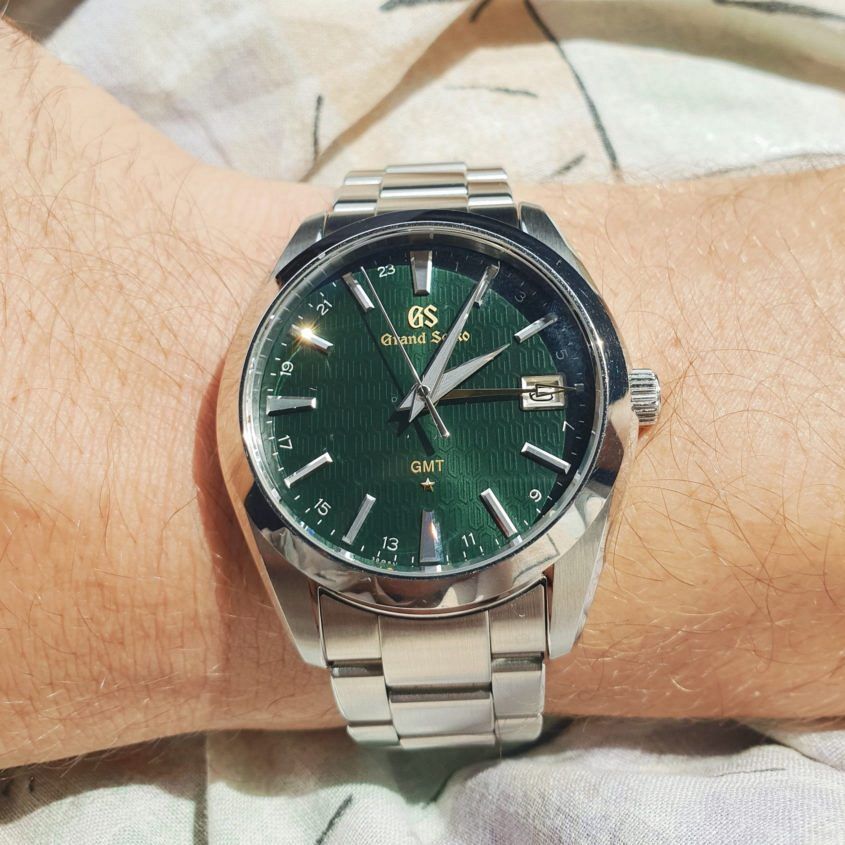 When most watch collectors hear the word quartz they think cheap, mass-produced and soulless. If a watch isn’t mechanical, it isn’t worth talking about, thinking about, and definitely not buying, which are sentiments I broadly agree with. As I wrote here, mechanical watches have a combination of nostalgic charm and independent reliability that I love alongside thousands of watch enthusiasts around the world. So why then did I buy a quartz watch that costs the same as some mechanical Swiss watches? Let me explain why I bought the Grand Seiko SBGN007, and how I feel about the purchase six months later. I’ll start by explaining that when I started collecting watches, I collected vintage Seiko. This is a great way to get started in the hobby, as you don’t have to spend a lot of money to experience a bunch of different watches. For someone starting their collection, this is the perfect scenario. I think starting out this way also stops you from getting any notions that the only good watches are made in a landlocked country in Europe and cost $10,000. It makes you appreciate watches that aren’t necessarily luxury, and how different brands approach watchmaking in a way…
When most watch collectors hear the word quartz they think cheap, mass-produced and soulless. If a watch isn’t mechanical, it isn’t worth talking about, thinking about, and definitely not buying, which are sentiments I broadly agree with. As I wrote here, mechanical watches have a combination of nostalgic charm and independent reliability that I love alongside thousands of watch enthusiasts around the world. So why then did I buy a quartz watch that costs the same as some mechanical Swiss watches? Let me explain why I bought the Grand Seiko SBGN007, and how I feel about the purchase six months later. I’ll start by explaining that when I started collecting watches, I collected vintage Seiko. This is a great way to get started in the hobby, as you don’t have to spend a lot of money to experience a bunch of different watches. For someone starting their collection, this is the perfect scenario. I think starting out this way also stops you from getting any notions that the only good watches are made in a landlocked country in Europe and cost $10,000. It makes you appreciate watches that aren’t necessarily luxury, and how different brands approach watchmaking in a way…